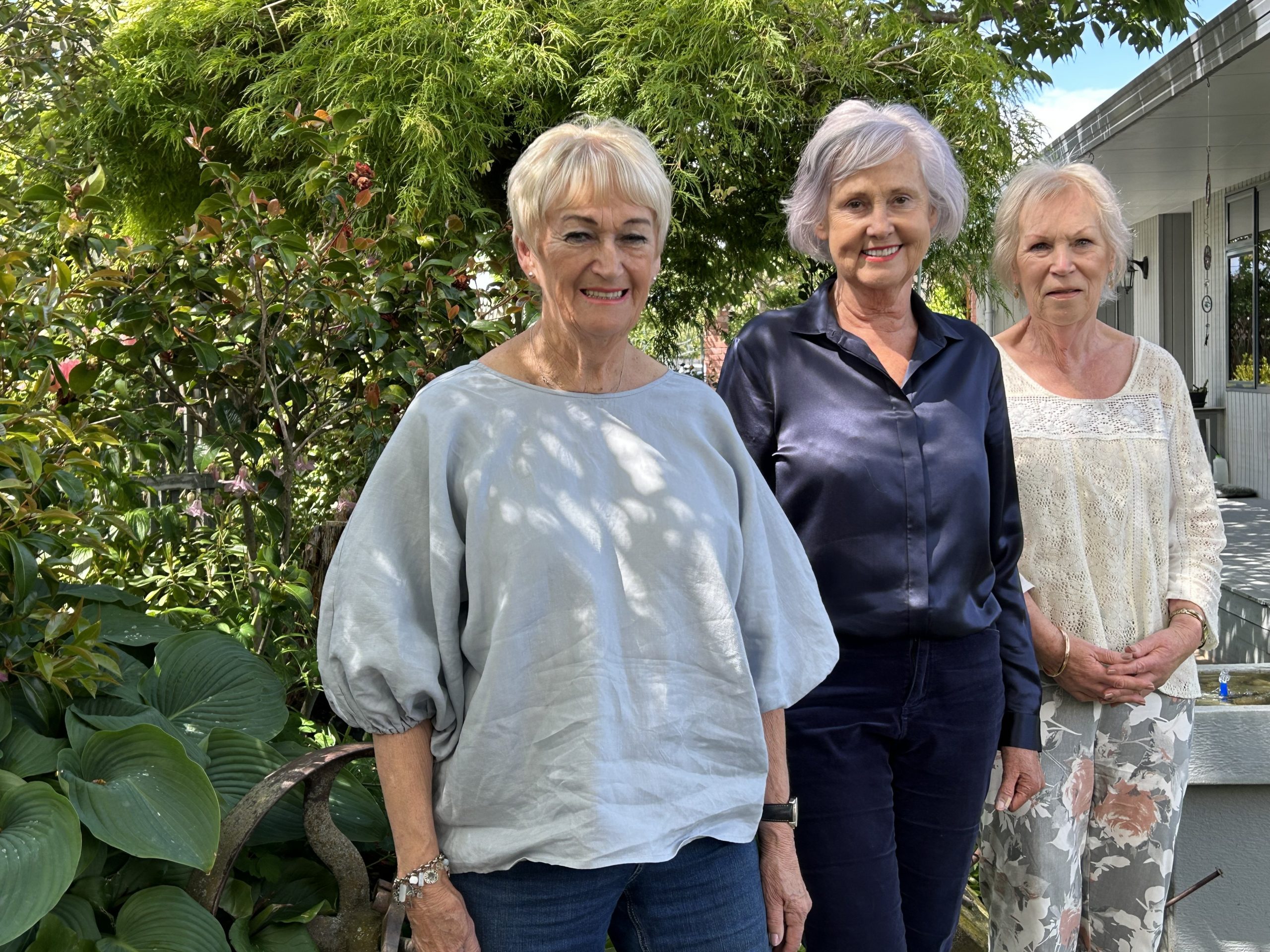A long-term love affair and super-powered gardening skills were among the insights shared in Alexandra at the weekend by a woman who has possibly more influence on how people live than most in the country.
NZ Life and Leisure magazine editor Kate Coughlan was guest speaker when the Alexandra Garden Club hosted their two-yearly Kindred Day on Saturday.
Club committee member Michelle Gillon said garden clubs from Waitaki south attended the day, which the clubs took turns hosting.
Ms Coughlan said she had a life-long affinity with Central Otago and had owned a property at St Bathans for several years.
‘‘I’ve had a long-term love affair with Central Otago, even though I was born and bred in Canterbury.’’
School holidays spent at Cairnmuir Station with boarding school friend Susan Holloway was where it began, she said.
‘‘[I] absolutely just fell passionately in love with Central Otago and that passion’s never gone all these years later.’’
In 2007 she bought a holiday house near St Bathans — a 165-year-old stone miner’s cottage — from a couple who moved to Alexandra to build a new house.
She moved from Canterbury to Auckland in 1997 to be editor at New Zealand House and Garden and has lived there ever since. She was at House and Garden for ‘‘eight or nine years’’ before starting NZ Life and Leisure and then another stint at House and Garden.
There were two big trends that had emerged in the past two decades, Ms Coughlan said.
Lifting 50 years of restrictive import licensing unleashed a consumer appetite in New Zealand to have a wide range of different items in their homes. Prior to that people could only buy a limited range of items from overseas, whether it was a car or lounge suite. Importing a single picture frame had required an import licence, never mind a sofa, Ms Coughlan said.
‘‘There was this sort of pentup wave of enthusiasm from the women of New Zealand to express their individuality in their homes. They had not been able to do that before.
‘‘We were the most homogenous society pretty much outside of the Soviet bloc.’’
By the late 1990-2000s there was a tsunami of imports coming into the country and curiosity about what others were doing was part of the reason House and Garden was such a massive magazine at the time, selling 81,000 copies a month, she said.
However, the pendulum swung and in 2004 Ms Coughlan had an epiphany, realising New Zealand could not continue to import cheap goods for the sake of the country and the planet.
And that was the second trend she observed — which was almost the reverse of the first.
‘‘[There was a] consumer push-back. Actually no, we have to slow, we have to be careful about what resources we are chewing through. And I became a little bit uncomfortable. House and Garden seemed to be part of it.’’
The magazine management were not keen on the shift in perspective so she left and started a new publication.
Life and Leisure was launched in 2005 with a focus on what people were doing that was really interesting and added to the value of the whole economy in a gentle rather than preachy way, Ms Coughlan said.
Shining a light on people adding value to food and tourism, then the country’s highest export earners, and giving artists and artisans a platform to share what they believed in was what the Life and Leisure had been doing for 19 years.
Ms Coughlan walks the talk, with her own garden entirely planted in edible plants.
In the first six months of production she weighed everything she harvested and there was 138kg of plate-ready food through the door. Since then she has kept four households fed with salad greens every week summer and winter, with about 15 different leaves and herbs in each bag she gave away, she said.
Later planting additions included grapes, citrus and stone-fruit trees.
Looking to the future, functional nutrition was going to become more important along with people becoming more interested in growing their own food, Ms Coughlan predicted.





